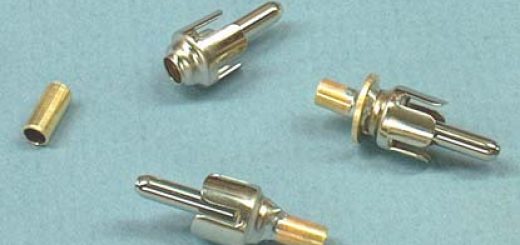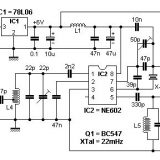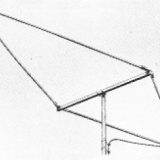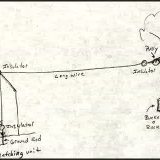Eddystone Radio Company. Short History.
 Eddystone Radio really began in 1923 as a result of changing hair styles. Stratton and Co. were manufacturers of hair pins and when the demand rapidly dropped, G Stratton Laughton, son of the founder suggested to his father that they should move into the production of radio components. The Eddystone brand was chosen for its significance to steadfastness and reliability.
Eddystone Radio really began in 1923 as a result of changing hair styles. Stratton and Co. were manufacturers of hair pins and when the demand rapidly dropped, G Stratton Laughton, son of the founder suggested to his father that they should move into the production of radio components. The Eddystone brand was chosen for its significance to steadfastness and reliability.
Their first radio receiver was a battery operated two-valve set housed in an oak cabinet with a glass front panel. The glow of the valve filaments must have been quite reassuring.
In 1925 Eddystone became shareholders in the BBC – a private company at the time. Around 1926, Eddystone began to show increased interes in the HF end of the radio spectrum and began to introduce a range of short-wave receivers. From about 1936 on, the company made superhet communications receivers and the company began to show increasing interest in VHF radio.
During the war years, the company concentrated on the production and implementation of a VHF two-way radio system for the British police and defence force, with Eddystone eventually supplying thousands of sets to the Admiralty. In 1953, the company introduced the 770R VHF communications reciever which remained in production until about 1965. This was used by the Americans to receive signals from the Russian Sputnik, launched in 1957. (I tried to use an ex-WD R208 receiver – but had absolutely no luck.)
In 1965, the company was purchased by Marconi, who had been one of Eddyston’e largest customers.
The company’s first essay into transistorised receivers was the ‘960’ (Let me know if you find one – please). This was almost exactly a 940 with transistors replacing the valves. I guess the 940 has 13 valves, but quite a few have a double function. The small EC10 receiver followed in 1963. From this period on, the company began to decline.
The closure of the Suez Canal resulted in the production of supertankers and the demand for marine radios began to diminish. At the same time the Japanese were introducing high quality low cost receivers.
The company introduced professional receivers in the 1980s to compete with Marconi, Plessey and others. I used to have an Eddystone EC10 receiver, but sold it. Later regretted the decision and made my own short-wave set using an Eddystone 898 dial drive.
The end of the cold war signalled a huge drop in government orders and this combined with the loss of a large contract for a VHF/FM broadcast transmitter in Malaysia brought about the end of Marconi’s ownership of the firm. The company was then purchase by “ring Communications” which itself went into receivership in 2002.



















Last Comments